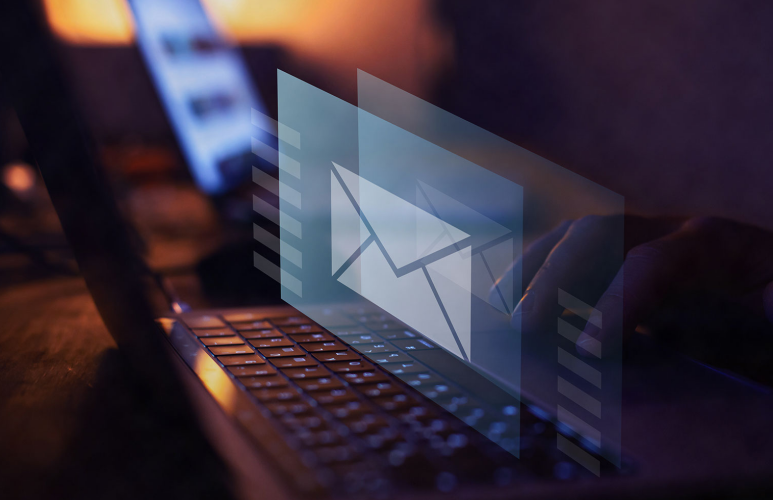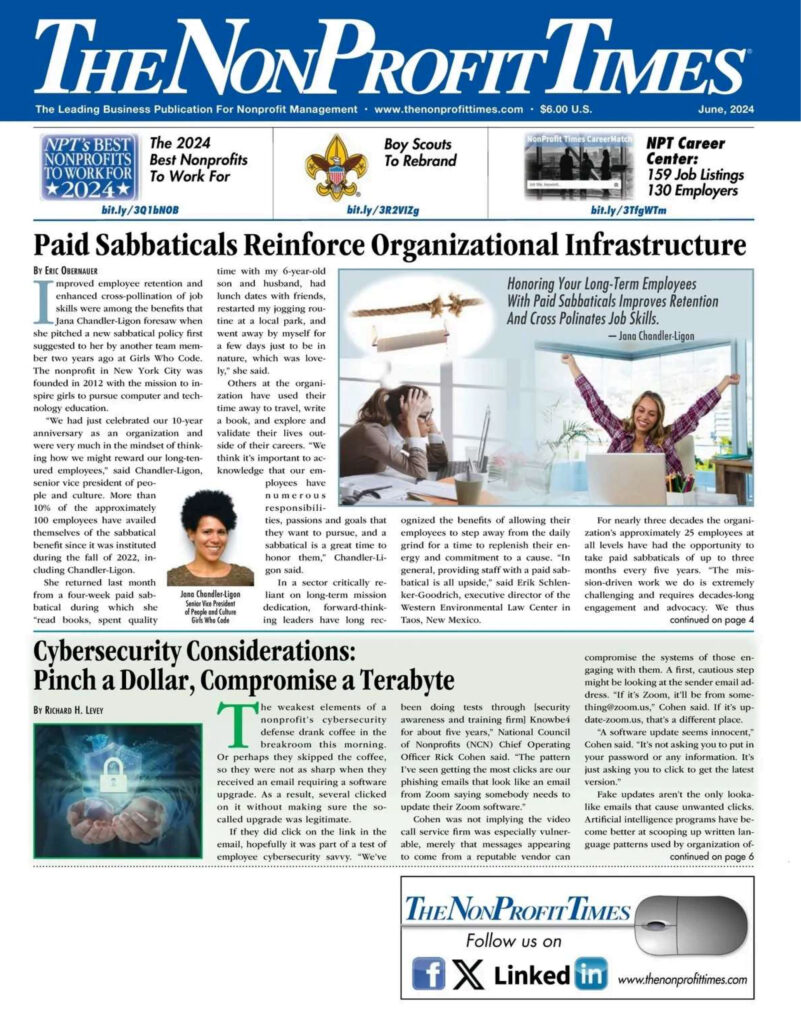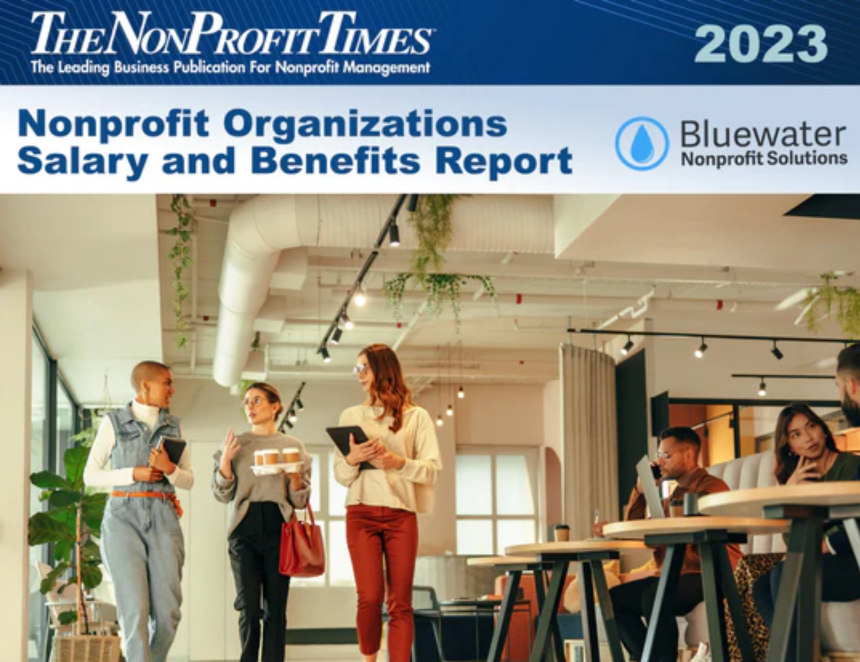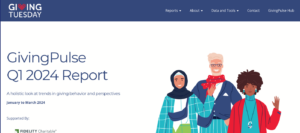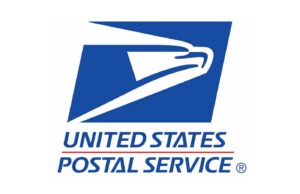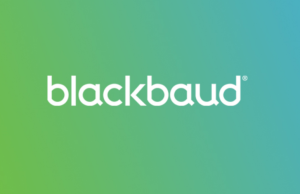Leaders at the American Cancer Society in Atlanta went into last year’s GivingTuesday with a plan. An aggressive email campaign was the foundation.
It began with an email appeal leading into GivingTuesday and continued with three more heading into the afternoon and evening. A matching grant pledge prior to the big day encouraged supporters to dig deep, resulting in a 40% revenue increase compared to the previous year’s total by the time the day drew to a close.
A second matching grant offer enabled leaders to extend the giving via two more fundraising emails the next day. Supporters took advantage of the second chance. The end result was a near-doubling of the initial total culminating in a final revenue almost 80% greater than the prior year.
“The closest thing we have in the nonprofit space to a retailer’s limited-time only offer is a limited-time only match, and I think people really responded when they realized there was another offer waiting for them,” said Catharine Holihan, vice president of direct marketing for the American Cancer Society.
The underlying analytics were impressive. Average 2023 clickthrough rates were nearly identical to what they were in 2022 for GivingTuesday. However, the unsubscribe rate was nearly 25% less than what it had been the previous year despite the six emails being twice the total of three sent a year earlier.
“You can’t create demand where none exists. You can only be there when people already have the intention or inclination to give and then make it as easy as possible for them to say yes,” said Holihan. “At the end, what the results told us was that we were communicating in a way that better aligned with what people were expecting to see in their inboxes.”
Those results should give pause to anyone convinced that email is losing sway to text messaging, social media, or other channels. “I hear people say all the time that email is underperforming or dying, but that certainly hasn’t been the case for us,” said Rebecca Sparenberg, vice president of digital marketing for the Humane Society of the United States in Washington, D.C.
Research backs this up. Nearly half (48%) of donors cited email as their preferred giving channel ahead of social media, text messaging, direct mail, and phone calls in a study published last year by fundraising platform Neon One in Chicago. Numbers like these confirm email’s importance as a means of disseminating updates and appeals and its enduring value as an effective digital fundraising channel.
Best practices of what makes for an effective email continue to evolve. So, too, do the tools available for gauging its effectiveness. Updates three years ago to Apple’s data privacy policies allowing users to limit tracking of email open rates have further complicated efforts to measure audience engagement.
Fundraisers have other metrics available. Among those are clickthrough rates, response and conversion rates, and opt-out and unsubscribe rates. Actual revenue generated is another datapoint.
Any number of variables can influence these metrics. The mere wording of a subject line or call to action in an email can have a significant impact on how recipients will respond. “We regularly test the wording of our call to action to see what works best, whether it’s ‘Save Lives’ or ‘End Cruelty’ or something else,” said Sparenberg. “It’s surprising to see how statistically significant such seemingly small changes can be.”
The length of an email, the frequency with which you send out emails, and the time of day or day of the week an email gets sent can also impact these metrics. Where a button or link is positioned within an email can also affect the response, as can other design elements such as color and font size.
Even the shape of a button can have surprisingly far-reaching consequences. “A lot of studies suggest round buttons perform better than square buttons, but that might not hold true for your organization,” said Kristy McCarley, founder and CEO of digital marketing agency Pure Firefly in Atlanta. “And the only way to know is to test.”
None of this is an exact science and even if it were, none of it would help if the email never reached the intended recipient. “Everything is a guessing game with Big Tech because the big providers that control whether an email lands in someone’s inbox are not democracies. They’re dictatorships and they alone decide what criteria they use, and they almost never publish this information,” said Jamie McClelland, technology systems director for the Progressive Technology Project in Austin, Texas. Frustration with this lack of transparency led the Progressive Technology Project’s founders to launch their nonprofit consultancy more than two decades ago to assist other nonprofits in navigating what remains an often-nebulous technology landscape.
Email deliverability continues to be top of mind for digital marketers for these reasons. To prevent email from being flagged as spam, McClelland suggests at a minimum avoiding overuse of spammy language such as “free,” “bargain,” and “first come, first served,” especially during the run-up to holidays or other busy times when inboxes are already teeming with retail ads and come-ons. “If it reads and sounds like spam to you, it’s probably going to look like spam to other providers,” McClelland said.
Sophie Reeds, vice president of digital marketing for the American Lung Association in Chicago, concedes it is a bit of a balancing act, especially during a time like GivingTuesday when it’s common for nonprofits to feature matching donation pledges as an inducement. “In an environment like GivingTuesday where your own supporters are expecting it, you probably won’t do as well if you’re not offering a similar match,” Reeds said.
Clear guideposts for ensuring deliverability of email in situations such as these remain hard to come by, but some trends can be discerned. “What does seem to be happening is that big providers are moving away from brittle tests of what constitutes spam, based solely for example on use of a certain word, and instead they’re looking more broadly at the big-picture reputation of a given domain,” said McClelland.
This was addressed in the Neon One report, where the authors noted the importance of regularly pruning email lists to keep them free of inactive or expired contacts. Many fundraisers neglect doing so and continue to indefinitely email prospects. Regularly emailing unengaged contacts might lead to a “no harm, no foul” scenario of them tuning out appeals. A more likely outcome is for high rates of unopened or bounced emails to harm an organization’s reputation over time and increase the risk that servers will begin filtering out the messages as spam. At worst, it can result in servers blocking emails from your organization’s domain name altogether.
Digital marketing professionals recommend practicing what they call good list hygiene to prevent this from happening. At the American Cancer Society, whittling and paring down email lists is practically a spring-cleaning ritual. “We stop contacting anyone who hasn’t opened or clicked on our emails at least once during the past 12 months,” said Holihan.
The Humane Society of the United States goes a step further by comparing its own lists against the lists that other nonprofits provide to cooperative database list managers. Anyone registering for programs or services on the organization’s website is required to give a valid email address, which is stated upfront to all visitors. The addresses are then vetted through AtData, an email verification service in Newton, Massachusetts.
Approximately 600,000 of the roughly 1.6 million names on the Humane Society’s various lists tend to be “highly engaged” at any one time, according to Sparenberg. “There were some concerns early on that the policy might dissuade people from signing up,” she said. “But if you’re not interested in being on our list or getting the advocacy alerts that you’re signing up for, then you’re probably not a quality lead to begin with.”
At the American Lung Association, leaders don’t just hope for email to reach its intended audience but make a point of cultivating that audience throughout the year via regular updates. The organization recently began providing additional space in its emails for supporters to hear not just from its own people but from the voices of others directly impacted by lung disease, “so it’s not just the American Lung Association droning on about ourselves,” said Reeds. Especially before a big fundraiser, “it’s important to be cultivating your file in the months leading up to that so they look forward to hearing from you and want to open your emails,” Reeds said.
That is something the American Cancer Society has long done. “If every email that we send out is always asking for money, it can start to feel like a very one-sided relationship,” said Holihan.
The Humane Society of the United States emails birthday greetings and messages of thanks to supporters to mark the anniversary of when they first joined the organization. Small gestures of love and appreciation such as these can pay off big when the call to action arrives. When it does arrive, it’s important that it be focused and not diluted by overlapping messages about unrelated events or other topics. This is especially true when it comes to a donation ask, McCarley said. “You want to keep the main thing as the main thing, and make sure your calls to action are all related to that specific thing,” she said.
Reeds concurs with McCarley. “You don’t want to put a call to action to donate, sign a petition, and volunteer all in one email because then the reader starts to wonder: ‘Well, what do you want me to do?’ You want to make sure you’re prioritizing your ask and putting it out front and center for the recipient,” Reeds said.
A call to action should be concise and focused, but also easy for readers to spot and act upon. Apealing for donations should also be stated clearly and directly. Abby Jarvis, head of content at Neon One, said a mix of link types including text links, buttons, and hyperlinked images all connected to a donation page usually works best. The “sweet spot” for a typical-length email is about six links spread evenly throughout the page. This can vary, but the point is it should be easy to find especially for those who interact with email on their phones and mobile devices.
“If I’m on my phone and you’re telling me a beautiful story that has grabbed my attention and won me over and now I’m ready to give, I should be able to very easily tap over to your donation form regardless of where I am in the reading process,” Jarvis said. “But if I now have to start scrolling up and down through the email looking for a button to click, that is causing friction in the experience regardless of the device I’m on. The easier it is for someone to act on a call to action, the more likely they are to do so.”
Finding the right mix of these elements is often done via a practice known as A/B testing. Doing so entails sending two versions of an email, Sample A and Sample B, to two randomly selected groups of recipients prior to the main event. At the American Lung Association, about 10% of the charity’s email list receives one of these test versions a week or so ahead of a planned fundraiser or other event. The platform then automatically identifies which of the two tests performs better and sends that version to the rest of the mailing list at the scheduled time.
Following best email practices these won’t guarantee you the results you’re seeking. Conversely, noted Jarvis, “you can still get phenomenal engagement without necessarily following each and every one of these best practices.” With enough forethought and planning, finding and prioritizing the ones that work best for you can enable you to circumvent some of the most common pitfalls.

